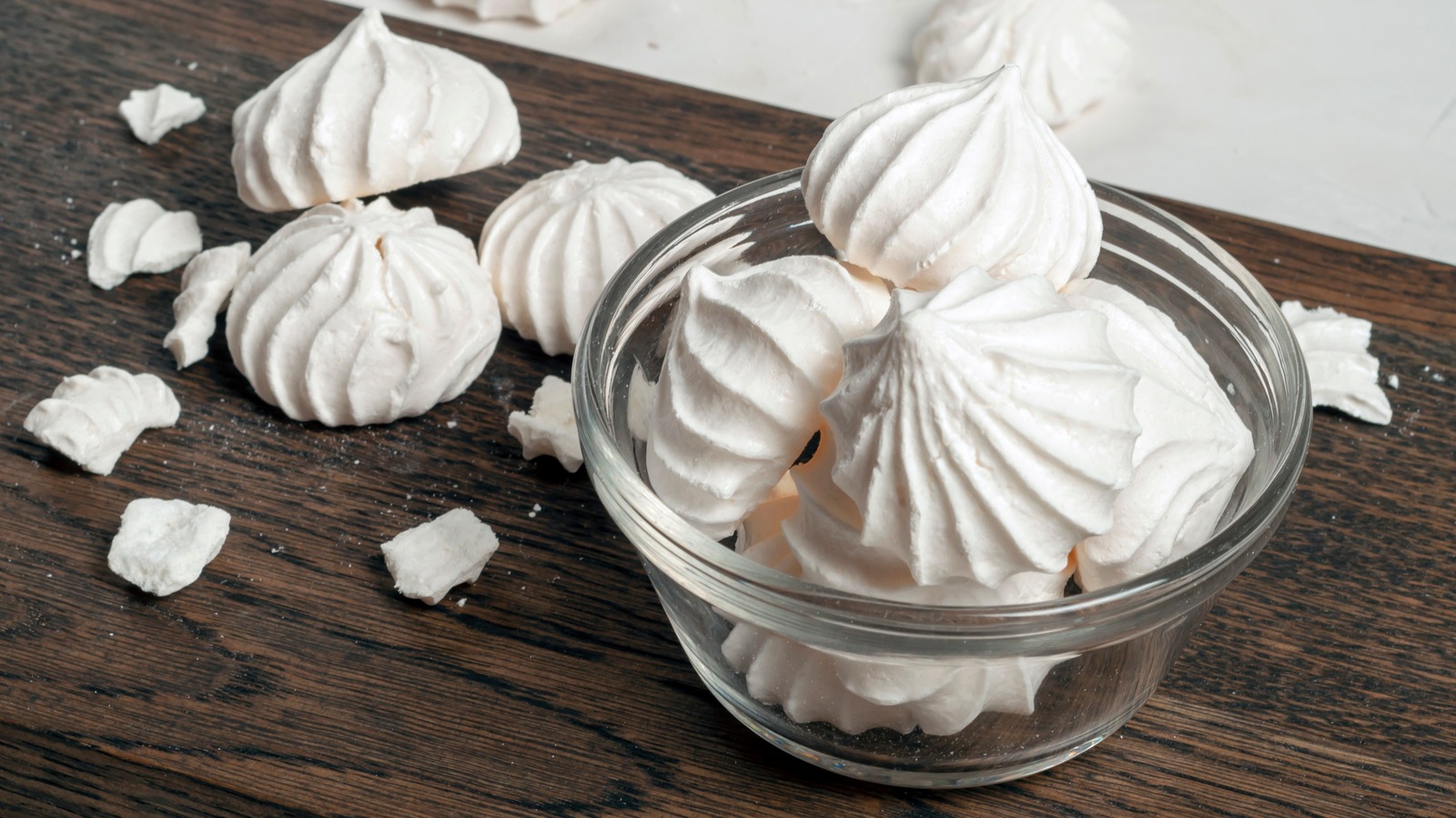Perfecting Your Meringue: Swiss vs. Italian Techniques

Meringue is a cornerstone of elegant desserts, from fluffy pie toppings to glossy buttercreams. At Delights Bakery, we’re passionate about helping you master meringue techniques to elevate your dessert recipes. Two of the most versatile types are Swiss meringue and Italian meringue, each with unique methods and uses. In this guide, we’ll break down the science, techniques, and tips for perfecting both, so you can create light, stable, and beautiful meringues for any occasion. Whether you’re topping a lemon tart or frosting a cake, these baking tips will ensure your meringue is flawless. Let’s dive into the art of perfect meringue!
What Is Meringue?
Meringue is a mixture of whipped egg whites and sugar, often stabilized with an acid like cream of tartar. It’s prized for its airy texture and versatility in desserts like pavlovas, macarons, and frostings. The two main types we’ll explore are:
- Swiss Meringue: Gently heated over a double boiler, then whipped into a glossy, stable foam.
- Italian Meringue: Made by pouring hot sugar syrup into whipped egg whites, creating a silky, sturdy texture.
Swiss Meringue: How It’s Made
Swiss meringue is created by gently heating egg whites and sugar over a double boiler until they reach a safe temperature (160°F/71°C), then whipping them into a glossy foam. Here’s the process:
- Combine egg whites and sugar in a heatproof bowl over simmering water.
- Whisk constantly until the mixture reaches 160°F to kill bacteria.
- Remove from heat and whip with a stand or hand mixer until stiff, glossy peaks form.
- Add flavorings (e.g., vanilla) or stabilizers (e.g., cream of tartar) as needed.
Characteristics: Smooth, dense, and marshmallow-like; ideal for buttercreams and soft toppings.
Italian Meringue: How It’s Made
Italian meringue involves whipping egg whites while slowly pouring in a hot sugar syrup (cooked to 240°F/115°C), creating a stable, glossy meringue. Here’s how:
- Whip egg whites with a pinch of cream of tartar to soft peaks.
- Meanwhile, cook sugar and water to the soft-ball stage (240°F).
- Slowly drizzle hot syrup into whipping egg whites, avoiding the whisk.
- Continue whipping until the meringue is glossy and holds stiff peaks.
Characteristics: Silky, light, and very stable; perfect for piping and baking.
Swiss vs. Italian Meringue: Key Differences
Here’s a comparison to help you choose the right meringue:
- Preparation: Swiss uses a double boiler; Italian requires a hot sugar syrup.
- Stability: Italian is more stable due to cooked sugar; Swiss is softer but still firm.
- Texture: Swiss is dense and marshmallowy; Italian is light and silky.
- Ease: Swiss is simpler, requiring no candy thermometer; Italian needs precision.
- Safety: Both are safe to eat raw as they’re heated to 160°F or above.
When to Use Each Meringue
Choose your meringue based on your dessert’s needs:
- Swiss Meringue:
- Buttercream (e.g., Swiss meringue buttercream for cakes).
- Soft toppings for pies or tarts (e.g., lemon meringue pie).
- Baked meringue cookies with a chewy center.
- Italian Meringue:
- Piped decorations (e.g., for cakes or macarons).
- Baked pavlovas or meringue nests with a crisp exterior.
- Torched toppings (e.g., baked Alaska).
Tips for Perfect Meringue
Achieve flawless results with these baking techniques:
- Use Fresh Eggs: Fresh egg whites whip better; separate carefully to avoid yolk.
- Clean Equipment: Ensure bowls and whisks are grease-free for maximum volume.
- Add Acid: A pinch of cream of tartar or lemon juice stabilizes the foam.
- Whip Gradually: Start at low speed, increasing to medium-high for stable peaks.
- Check Temperature: Use a thermometer for Swiss (160°F) or Italian (240°F) to ensure safety and consistency.
- Avoid Humidity: High humidity can make meringue sticky; bake or store in dry conditions.
Common Mistakes to Avoid
- Yolk Contamination: Even a trace of yolk prevents proper whipping.
- Overwhipping: Whipping past stiff peaks causes grainy, broken meringue.
- Underheating Swiss Meringue: Not reaching 160°F risks food safety.
- Pouring Syrup Too Fast: For Italian meringue, drizzle slowly to avoid deflating egg whites.
- Ignoring Weather: Humid days can cause weeping or soft meringue.
Troubleshooting Meringue Issues
- Weeping Meringue: Undercooked sugar or high humidity; ensure proper heating and dry storage.
- Grainy Texture: Overwhipped or undissolved sugar; whip gradually and check sugar dissolution.
- Deflated Meringue: Hot syrup added too quickly (Italian) or grease in equipment; pour slowly and clean thoroughly.
- Soft Peaks: Underwhipping or fat contamination; whip to stiff peaks and avoid yolk.
Frequently Asked Questions
Is Swiss or Italian Meringue Safer?
Both are safe when heated to 160°F (Swiss via double boiler, Italian via hot syrup).
Can I Make Meringue Without a Thermometer?
Swiss is easier without one, but Italian requires precise syrup temperature for best results.
Can I Freeze Meringue?
Yes, freeze baked meringue in an airtight container for up to 1 month; thaw at room temperature.
Why Does My Meringue Collapse?
Underwhipping, humidity, or improper cooling can cause collapse; follow tips above.
The Science of Gluten in Bread BakingFinal Thoughts
Perfecting Swiss meringue and Italian meringue is a game-changer for your dessert recipes. At Delights Bakery, we’re dedicated to sharing baking tips that help you create stunning, professional-quality treats. Try these meringue techniques, experiment with our recipes, and share your meringue successes in the comments below! Have a favorite meringue dessert? Let us know for a chance to feature it!

Comments
Post a Comment